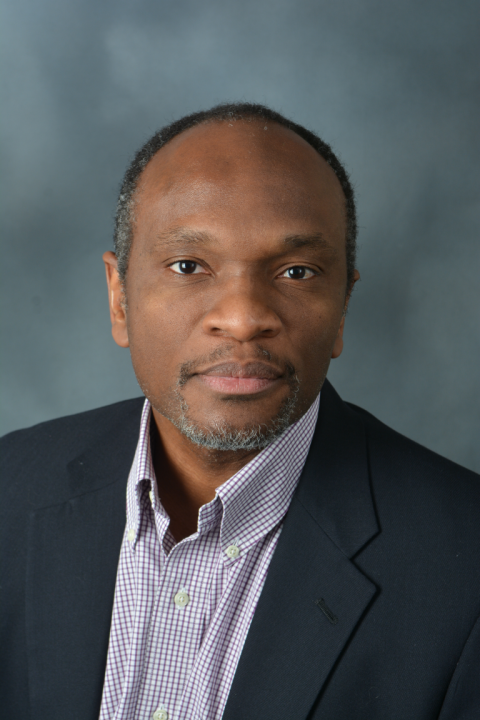
QCAM: Chinedum Osuji - Creating Useful Nanostructured Soft Materials (and single crystals) by Directed Self-Assembly

Abstract:
Self-assembly of block copolymers and small molecule mesogens gives rise to a rich phase behavior as a function of temperature, composition, and other relevant parameters. The ability to precisely control their chemical functionality combined with the readily tunable characteristic length scales (~1-100 nm) of their self-assembled mesophases position these systems as a versatile and attractive class of materials for compelling applications ranging from membranes for size and chemo-selective transport, to optics, and lithography. As a result there is intense interest in elucidating the physical processes relevant for directing self-assembly in these systems to create application relevant structures, with a goal of exploiting such fundamental understanding to create useful materials or devices. This presentation discusses such directed self-assembly of soft nanostructured materials and emerging methods for generating highly ordered and heterostructured systems. In particular, we focus on recent advances in the creation of highly ordered nanostructured membranes for water purification, and small length scale structures for lithography in microelectronics. While much of the progress to date has involved the use of a single ‘field’ to direct self-assembly (e.g. shear, magnetic, electric fields; surface forces/confinement), the use of more than one stimulus to control structural order has the potential to produce materials with true single crystal texture. We show that such single-crystal textures can be produced over unprecedented length scales in a small molecule columnar mesophase. Texture control is accomplished by judicious application of magnetic fields and physical confinement, or by sequential applications of dynamic and static magnetic fields across pertinent phase transitions. We discuss the physical origin of the unique biaxial texture control as revealed by in situ X-ray scattering experiments.
Bio:
Prof. Osuji received his Ph.D. in Materials Science and Engineering from MIT in 2003, for studies of structure-property relationships and self-assembly of liquid crystalline block copolymers. From 2003-2005 he was a Senior Scientist at Surface Logix Inc. where he worked on soft lithography, and from 2005-2007 was a Postdoctoral Associate in Applied Physics at Harvard University where he studied shear-induced structure and dynamics of colloidal gels. From 2007-2018 he was on the faculty at Yale University in the Department of Chemical and Environmental Engineering. In 2018 he joined the University of Pennsylvania where he is currently a Professor in the Department of Chemical and Biomolecular Engineering. He leads an experimental research group focused on structure and dynamics of soft matter and complex fluids. Topics of interest include structure-property relationships in ordered soft materials, directed self-assembly of block copolymers and other soft mesophases or molecular materials, and rheology and slow dynamics of disordered systems.